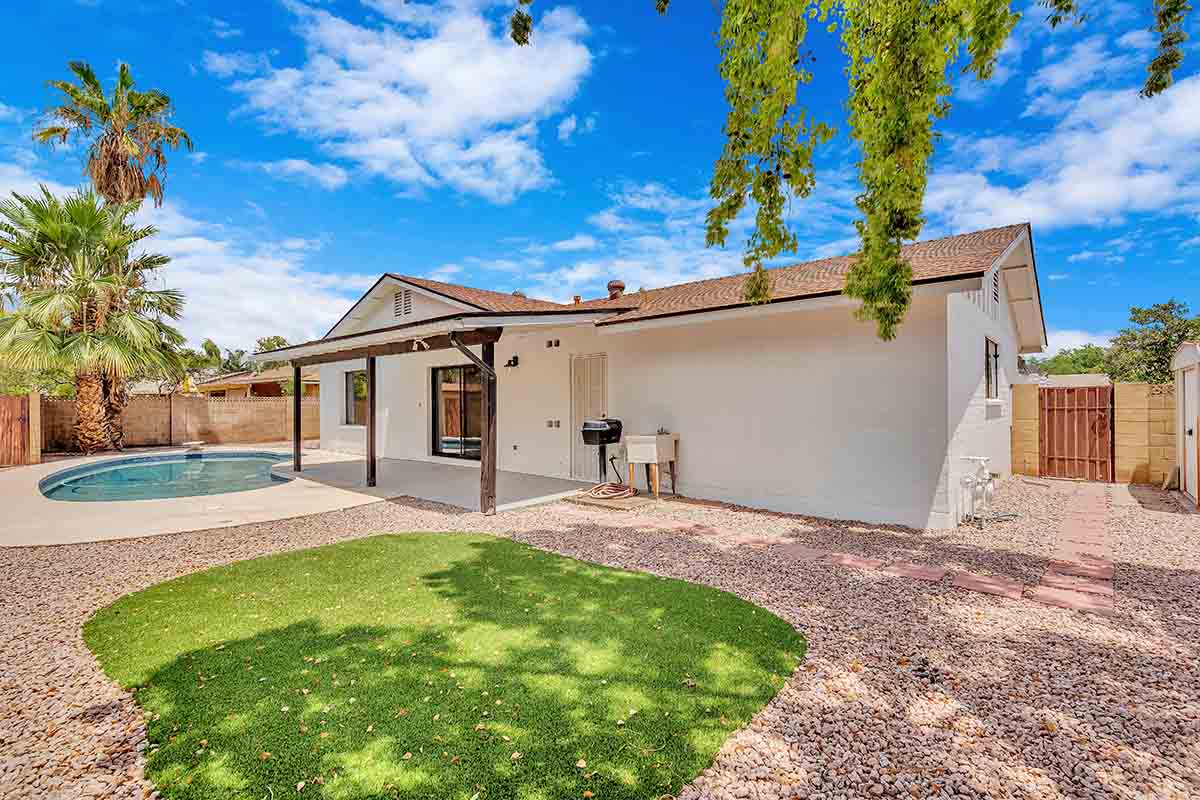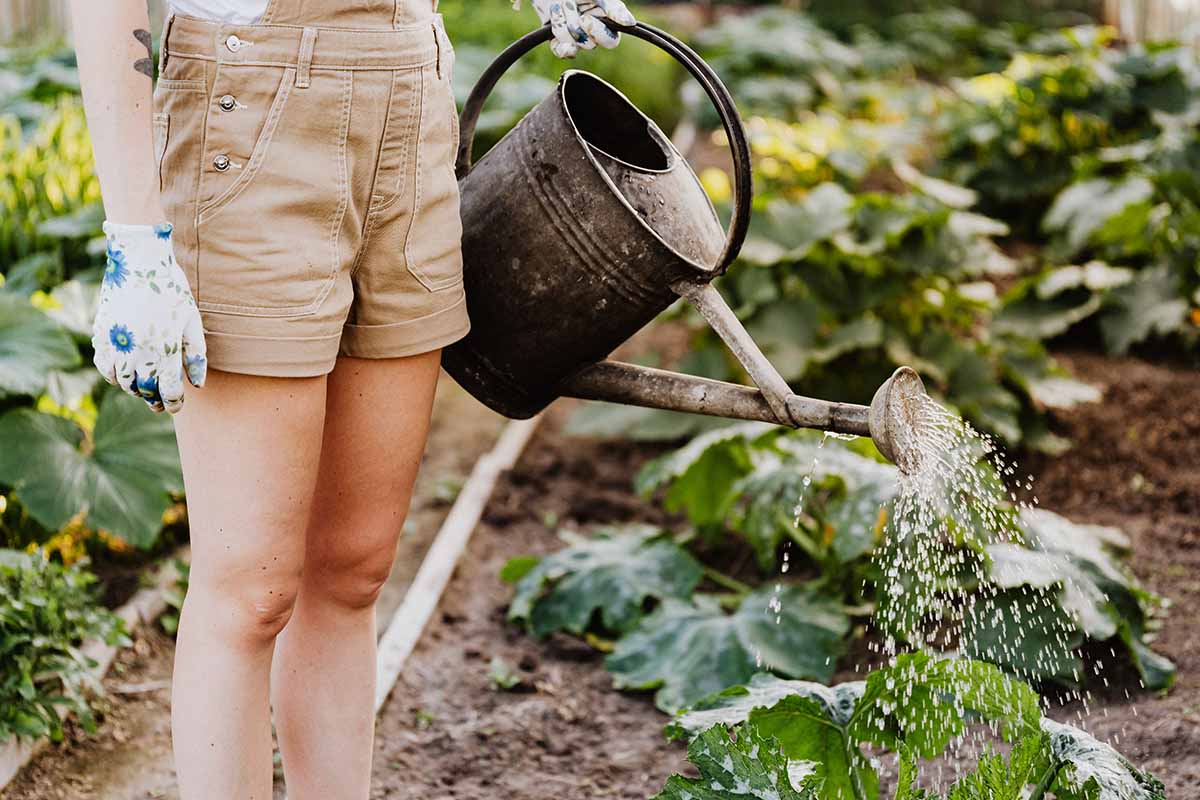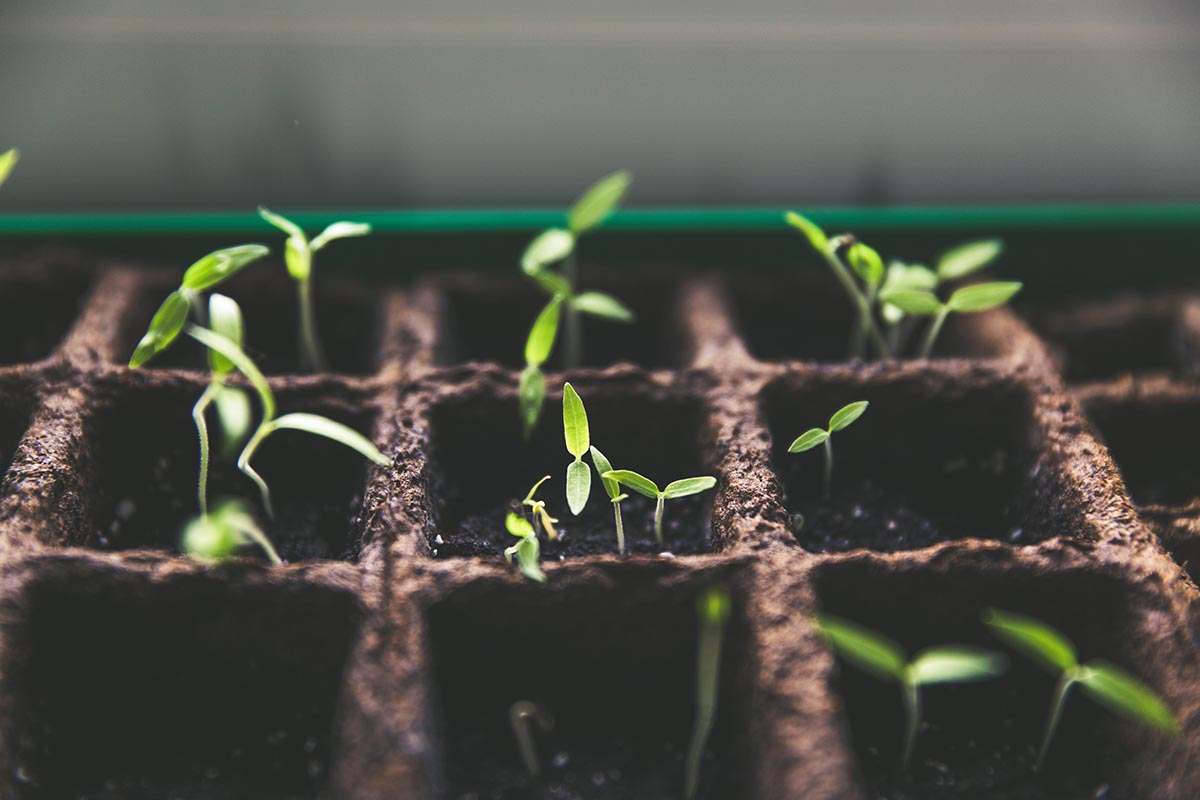How to Choose the Best Plant to Grow for Your Zone in Texas
Texas is a big state with several different growing zones. The map of these different Texas growing zones was made with each zone’s average yearly minimum temperature in mind. The goal is to help gardeners determine the best plants for their gardens.
As this guide enables you to choose the best plant for your Texas zone, you may contemplate turning your green thumb into a gardening business. If so, being informed about the texas llc formation process will be indispensable in creating a solid legal foundation for your potential venture.
In a nutshell, each zone experiences a different range of temperatures. As the minimum temperature increases, growing plants that are usually considered tropical becomes more challenging. So, how can you figure out what plants are best for your location in Texas? Here is a quick overview of the climate in each growing zone across the state, with some recommendations for planting and scheduling.
What to Expect in Each Texas Growing Zone
Texas Zone 6 offers the ideal climate for gardeners. You can cultivate plenty of different varieties of plants. Beyond that, the weather changes periodically and expands your options. For example, temperatures remain cool enough to grow plants like rhubarb and asparagus. Later on, the transition to warmer weather allows you to grow watermelons.
Take advantage of an extended garden season and hot summer temperatures. Some vegetables that you can consider planting include winter squash, butter lettuce, and bush beans. Peach fruit trees perform exceptionally well in Zone 6, and the warm springs make herbs that reseed themselves a popular choice in the area.
Growing Zone 7: Perfect for Diverse Gardens
The vast differences in climate make for an exciting gardening experience. If you live in an arid region, you need to prioritize plants capable of withstanding drought seasons. Conversely, gardeners living in wet environments must choose plants that tolerate all the water.
Invest in temperature-regulating infrastructures like row covers or cold frames. These will help shield your plants, particularly vulnerable young vegetables, from frost and cold snaps. This is crucial during the early spring or late fall.
Turnips, sweet peppers, and arugula thrive in this zone, provided that you can adapt to the variations in climate.
Growing Zone 8: Good for Warm Plants
Zone 8 is a warm zone with a long planting season. Plants that fit in this area best are usually the ones that have a preference for long, hot summers and mild winters. One common strategy of gardeners in this zone is to grow vegetables three times a year. Cool-weather plants, like lettuce and peas, can be grown in both the spring and the fall.
Like Zone 7, it is best to prepare row covers or cold frames to protect your plants from the onset of winter.
Growing Zone 9: Year-Round Gardening
Winter is not coming here. Zone 9 is considered a year-round gardening zone, with hot summers and warm winters. This is where the most active gardeners set up shop. Tropical plants that do not need a lot of water flourish here.
However, it’s not all fun and games just because of the lack of cold. The heat conditions can cause issues and gardeners will need to adjust their schedules accordingly. The sweltering summers break the local vegetable garden season into winter, spring, and fall gardening. This is a different structure from the usual summer gardening schedule.
You can plant peppers and okra throughout August, and then switch to broccoli, Brussel sprouts, and cauliflowers throughout the winter.
Conclusion: Making a Garden Plan, Best Plant to Grow for Your Zone in Texas
If you plan your garden ahead, you can lessen the amount of work you have to put in and increase your yields at the same time. Your garden layout should be capable of maximizing the space that is available to you.
For example, it is important to separate the areas for long-term and short-term crops. This way, they do not interfere with one another’s care and maintenance. Tall crops also need to be planted away from short crops—preferably on the north side of the garden. This position ensures that they do not cast any shade on shorter crops, which would interfere with their growth.
In addition, grouping plants according to maturity helps you because you can replace fully grown crops with new ones as soon as it is ready to go. Make sure that your new crop is unrelated to the previous one. Crop rotation is a natural, long-term defense against diseases and insects.




















